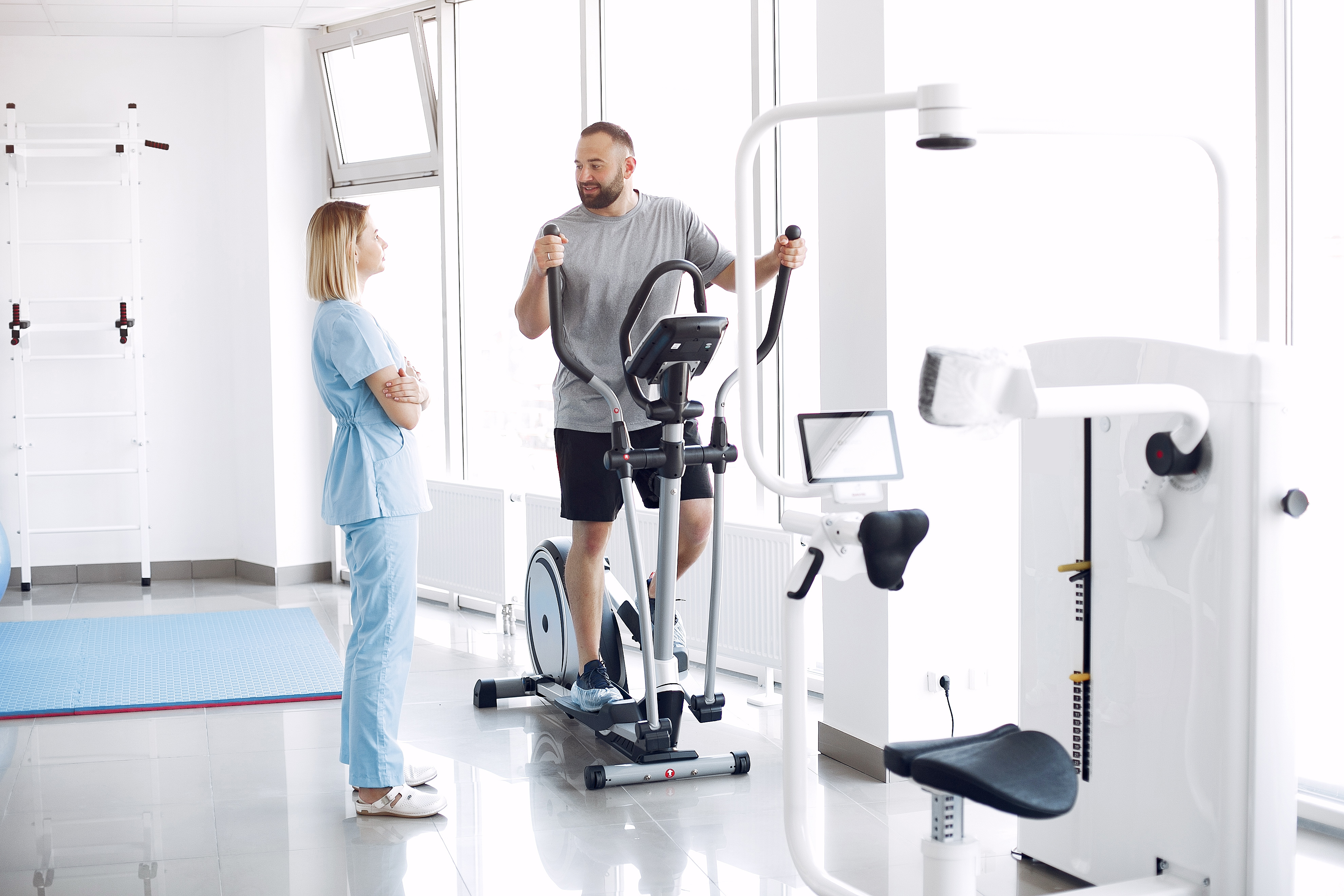Alcohol Recovery Statistics

- Alcohol addiction affects approximately 15.1 million adults in the United States.
- Only about 6.7% of individuals with alcohol use disorder receive treatment.
- About 15% of people who drink alcohol develop an alcohol use disorder at some point in their lives
- Overcoming alcohol addiction is possible, as about 1 in 3 people who enter alcohol treatment achieve lasting recovery.
- In the United States, alcohol is the third leading preventable cause of death.
- Approximately 88,000 deaths per year in the United States are attributed to alcohol-related causes.
- Alcohol abuse costs the United States economy around $249 billion annually.
- Alcoholism is more prevalent among men, with about 9.8% of adult males affected compared to 5.8% of adult females.
- Around 20% of individuals who receive treatment for alcohol addiction have a co-occurring mental health disorder.
- Alcohol withdrawal symptoms can range from mild (anxiety, insomnia) to severe (delirium tremens, seizures) and may require medical intervention.
- Medications, such as naltrexone and acamprosate, can help reduce alcohol cravings and support recovery.
- The risk of relapse decreases by 36% after the first month of abstinence from alcohol.
- The risk of relapse decreases further with each subsequent month of abstinence.
- Individuals who participate in aftercare programs, such as counseling or support groups, have a higher chance of maintaining sobriety.
- In the United States, about 55% of individuals seeking treatment for alcohol addiction also smoke cigarettes.
- Alcohol addiction can lead to liver diseases such as cirrhosis, hepatitis, and liver cancer.


- Binge drinking is a pattern of alcohol consumption that raises a person’s blood alcohol concentration to 0.08 grams percent or above, typically within 2 hours.
- Binge drinking is more common among young adults aged 18 to 34.
- Long-term heavy alcohol consumption can lead to brain damage, memory loss, and cognitive impairment.
- Alcohol use during pregnancy can cause fetal alcohol spectrum disorders (FASDs), resulting in physical, behavioral, and intellectual disabilities in children.
- Alcohol addiction has a strong genetic component, with hereditary factors accounting for about 40-60% of an individual’s susceptibility to alcoholism.
- Peer influence and social environment play a significant role in alcohol addiction development.
- In the United States, underage drinking accounts for an estimated 4,300 deaths per year.
- Alcohol-related car crashes account for approximately 30% of all traffic fatalities in the United States.
- Over time, alcohol tolerance develops, requiring individuals to consume more alcohol to achieve the desired effect.
- Alcohol addiction can lead to relationship problems, job loss, and financial difficulties.
- The first step in recovery is acknowledging the problem and seeking help.
- Residential treatment programs provide a structured environment for individuals to focus on their recovery.
- Outpatient treatment programs allow individuals to receive treatment while living at home.
- Alcoholics Anonymous (AA) is a widely recognized and successful mutual support group for individuals recovering from alcohol addiction.
- The success rate of Alcoholics Anonymous is estimated to be around 8-12%.
- SMART Recovery is an alternative self-help program that emphasizes self-empowerment and cognitive-behavioral techniques.
- The relapse rate for alcohol addiction is similar to that of other chronic illnesses, such as diabetes and hypertension.
- Motivational interviewing is an evidence-based counseling technique that helps individuals explore their motivation for change.
- Dual diagnosis refers to individuals who have both a substance use disorder and a co-occurring mental health disorder.

Alcoholism Relapse Statistics
- Relapse rates for alcoholism vary, but studies suggest that between 40% and 60% of individuals who have undergone treatment for alcohol addiction will experience a relapse at some point.
- The first year after completing treatment is considered a critical period for relapse, with some studies indicating that up to 80% of relapses occur within this timeframe.
- Within the first three months of sobriety, the relapse rate for individuals recovering from alcohol addiction is estimated to be around 30% to 40%.
- After one year of abstinence, the relapse rate decreases to approximately 15% to 20%.
- Multiple relapses are not uncommon in alcohol addiction recovery. Studies suggest that 60% of individuals who experience a relapse will have subsequent relapses.
- The severity of alcohol addiction and the presence of co-occurring mental health disorders can increase the risk of relapse.
Most Common Causes Of Relapse

- Negative emotional states (e.g. anxiety, depression): 37%
- Social pressure and influences: 28%
- Conflict with family or friends: 10%
- Boredom and leisure time: 9%
- Exposure to drugs or alcohol: 6%
- Overconfidence and belief in ability to handle substance use: 5%
- Romantic relationships: 3%
- Legal or financial problems: 2%
Types Of Alcohol Relapses
- Slip: Slip-ups account for around 50% of all relapses. A brief and isolated return to alcohol use, often accompanied by a sense of guilt or shame. Slip-ups usually last for a few hours or days and are often caused by a trigger or a moment of weakness. They do not necessarily indicate a full relapse back into addiction.
- Lapse: Lapses account for around 30% of all relapses. A more prolonged return to alcohol use that lasts for several days or weeks. Lapses may occur due to increased stress levels, social pressure, or other triggers that cause the person to lose control over their drinking.
- Relapse: Relapses account for around 20% of all relapses. A complete return to problematic drinking that involves a reactivation of the addictive cycle and can last for months or even years. Relapses are often caused by a combination of factors, including emotional distress, social isolation, and environmental cues that trigger cravings.
Alcohol Recovery Facts

- Alcohol addiction is often accompanied by feelings of guilt, shame, and self-stigma.
- Recovery from alcohol addiction is a lifelong process that requires ongoing support and commitment.
- Family support and involvement are crucial for successful recovery from alcohol addiction.
- The use of alcohol screening and brief intervention in primary care settings has been proven effective in reducing alcohol consumption.
- Alcohol addiction can have a significant impact on sleep quality and can lead to sleep disorders.
- Physical exercise and regular physical activity can play a positive role in alcohol recovery.
- Mindfulness-based interventions, such as meditation and yoga, have shown promise in reducing alcohol cravings and promoting recovery.
- The National Institute on Alcohol Abuse and Alcoholism (NIAAA) provides resources and research on alcohol addiction and recovery.
- Alcoholics in recovery are encouraged to develop a relapse prevention plan to identify triggers and coping strategies.
- Long-term recovery from alcohol addiction is associated with improved physical and mental health, employment, and overall quality of life.
- In the United States, the prevalence of alcohol use disorder is highest among individuals aged 18-29.
- The stigma associated with alcohol addiction can be a barrier to seeking treatment and support.
- Recovery is possible, and many individuals go on to live fulfilling, alcohol-free lives.
Most Common Causes Alcohol Abuse
- Genetic predisposition: 50-60%
- Environmental factors: 40-50%
- Stressful life events (e.g. job loss, divorce): 20%
- Peer pressure and social influences: 15%
- Availability of alcohol: 10%
- Childhood trauma or abuse: 5%
- Mental health disorders: 30-40%
- Depression: 15%
- Anxiety: 10%
- Bipolar disorder: 5%
- PTSD: 5%
- Past trauma or abuse: 20%
- Lack of coping skills: 10%


.png)
.png)


.png)
.png)
.png)
.png)



